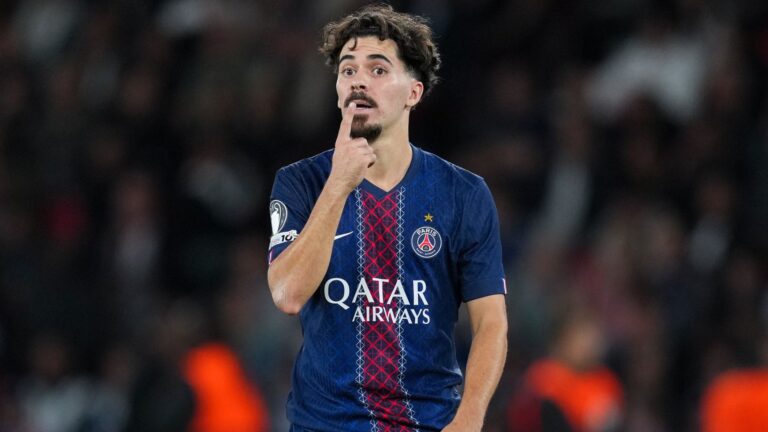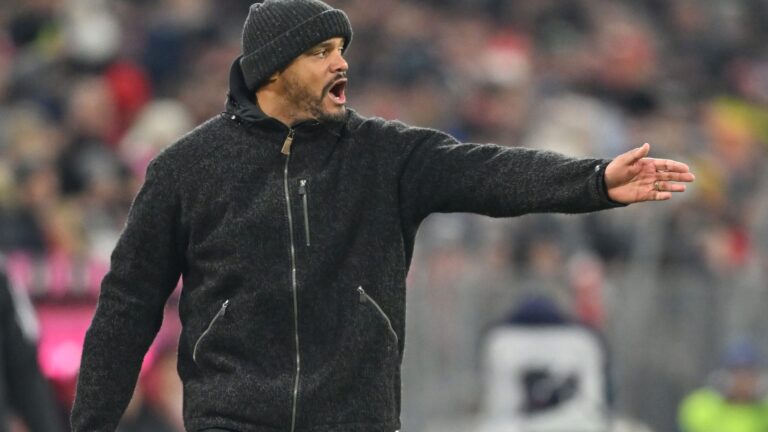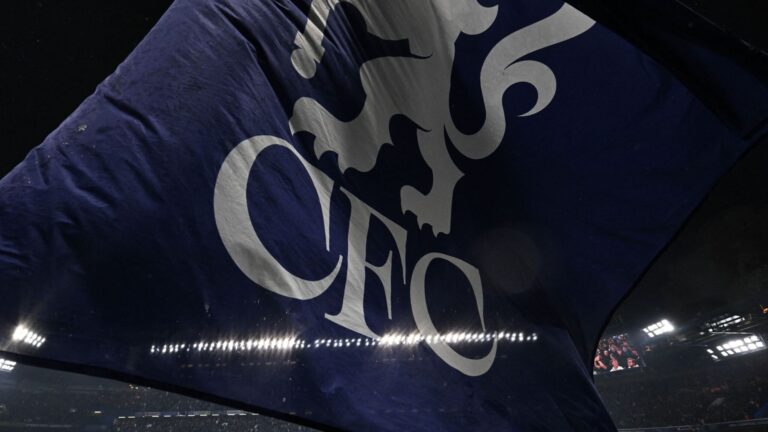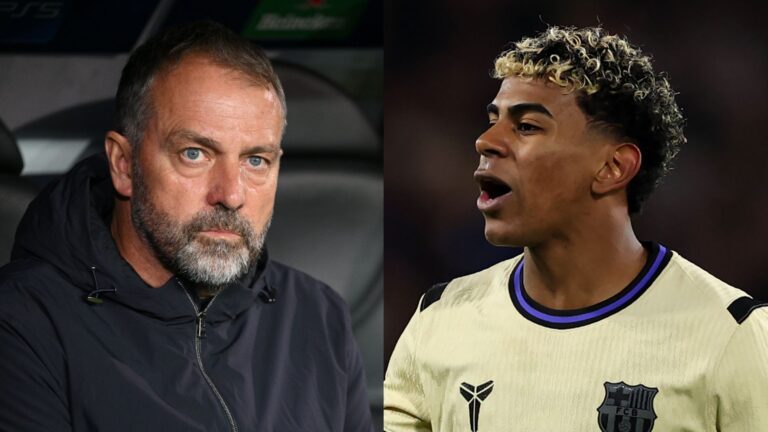- Decline in MLS and NWSL Crowds
- Occurs During Packed Soccer Season
- Commissioner Garber Optimistic About Recovery by Season’s Close





Navigating the Soccer Overload: Why U.S. Leagues Are Facing Temporary Setbacks
In a year brimming with international tournaments and star-studded events, American soccer fans are spoiled for choice-but this abundance might be stretching their enthusiasm and budgets thin. As Major League Soccer (MLS) and the National Women’s Soccer League (NWSL) grapple with slight drops in stadium crowds during 2025, experts point to a jam-packed calendar as the main culprit. Yet, with league leaders expressing strong faith in a turnaround, the future looks promising for domestic soccer’s growth.
Breaking Down the Numbers: Attendance Trends in 2025
Following record-breaking crowds in 2024, both MLS and NWSL are experiencing a modest slowdown in fan turnout this season, according to insights from Sports Business Journal. MLS attendance has fallen by approximately 5.9%, while the NWSL notes a 4% reduction. On a brighter note, lower-tier leagues like the USL Championship and USL League One are bucking the trend, boasting increases of 5.2% and 17.3%, respectively-highlighting a surge in interest at grassroots levels.
Despite the dip, MLS maintains a solid average of 21,838 spectators per game, aligning closely with its 2023 performance. Factors influencing these figures include ongoing upgrades at venues like those for teams such as Sporting Kansas City, which have temporarily capped seating, and scheduling quirks for high-profile squads like LA Galaxy, resulting in fewer matches in massive arenas. If trends persist, MLS could still rank among the globe’s top 10 leagues for attendance, much like in previous years. For context, global soccer attendance has been on the rise, with leagues like the English Premier League averaging over 38,000 fans per match in recent seasons, underscoring the competitive landscape.
Factors Fueling the Fluctuations
The NWSL’s challenges may stem partly from the CONCACAF Gold Cup, which unfolded in eight of its 14 key cities, potentially diverting fan attention and resources. This overlap illustrates how international events can inadvertently compete with local leagues for the same audience.
This year’s summer has been a soccer extravaganza in the U.S., hosting major spectacles like the CONCACAF Gold Cup and the inaugural expanded FIFA Club World Cup. The Club World Cup drew an impressive 2.5 million tickets across 63 games, showcasing elite teams from around the world, culminating in Chelsea’s victory over Paris Saint-Germain. Meanwhile, the Gold Cup attracted 538,999 attendees over 22 sessions in 12 locations. Remarkably, 21 out of MLS’s 30 teams operate in areas that hosted games from these tournaments, intensifying the competition for fan engagement.
The Bigger Picture: Fan Fatigue and Financial Pressures
Discussions around the Club World Cup often highlight concerns about player exhaustion and the economic strain on supporters. With ticket costs climbing and the 2026 FIFA World Cup on the horizon in North America, enthusiasts are increasingly selective about their spending. For instance, a family might opt for a high-stakes international match over a regular-season game, similar to how music fans choose between festivals and local concerts during peak seasons. This selective attendance mirrors broader trends in sports entertainment, where U.S. fans spent over $100 billion on live events in 2024, per industry reports, yet prioritize premium experiences.
Leadership’s Outlook: A Path to Revival
At a press event tied to the MLS All-Star Game, Commissioner Don Garber shared an upbeat perspective on the situation. “I’m certain we’ll wrap up the season with yet another boost in our crowd numbers,” he stated. “Sustaining growth year after year is challenging, but it’s what we strive for.”
Garber further noted, “Once the Leagues Cup concludes, nearly four million supporters will have experienced pro or international soccer games across the U.S. and Canada this summer-an incredible milestone that speaks to the sport’s rising popularity.”
As the domestic campaigns push forward into late summer, MLS teams gear up for Leagues Cup action, and the NWSL presses on with its standard fixtures. For more on MLS developments, check out the official MLS website.
Understanding the Reported Attendance Decline in MLS and NWSL
Hey soccer enthusiasts, if you’ve been keeping tabs on Major League Soccer (MLS) and the National Women’s Soccer League (NWSL), you might have noticed something concerning: a reported attendance decline. This drop isn’t just a fluke; it’s tied to an increasingly overcrowded summer calendar packed with high-profile events like the Club World Cup and Gold Cup. As leagues strive to grow, these scheduling conflicts are putting pressure on fan turnout, and it’s worth diving into why this is happening and what it means for the future of North American soccer.
Recent seasons have shown a noticeable dip in stadium crowds, with some matches drawing fewer fans than expected. For instance, MLS attendance decline has been highlighted in reports from outlets like ESPN and The Athletic, pointing to fatigue from back-to-back tournaments. Similarly, NWSL attendance drop has raised eyebrows, especially as the league gains momentum post-World Cup highs. But what’s really behind this trend? Let’s break it down.
Key Factors Contributing to MLS Attendance Decline
The MLS attendance decline isn’t isolated-it’s a symptom of broader issues in the soccer ecosystem. Fans are passionate, but with so many games vying for their attention and dollars, something’s got to give. Here are some primary culprits:
- Player Fatigue and Quality Dip: Stars from MLS teams often participate in international duties, leading to subpar performances in league games.
- Economic Pressures: Ticket prices, travel costs, and competing entertainment options make it tough for fans to attend multiple events.
- Scheduling Overlaps: The summer months are crammed with fixtures, leaving little breathing room for recovery or excitement buildup.
Spotlight on NWSL Attendance Drop
The NWSL attendance drop is particularly poignant as the league has been on an upward trajectory. Women’s soccer in the U.S. has seen massive growth, but the overcrowded summer calendar is testing that progress. With players jetting off for international tournaments, domestic matches can feel like afterthoughts, leading to empty seats and frustrated supporters.
The Role of Overcrowded Summer Calendar in Soccer Attendance Issues
Ah, the overcrowded summer calendar-it’s like trying to fit ten pounds of soccer into a five-pound bag. Events like the expanded FIFA Club World Cup in 2025 and the CONCACAF Gold Cup are exciting on paper, but they’re clashing with regular MLS and NWSL seasons. This jam-packed schedule means fans are forced to choose between league games and international spectacles, often leading to soccer attendance issues across the board.
The Club World Cup, set to feature top clubs from around the globe, will demand participation from MLS teams like Inter Miami or LAFC, pulling resources and attention away from domestic play. Meanwhile, the Gold Cup brings national team fervor but at the cost of league continuity. Imagine being a fan in a city like Seattle or Portland-your Sounders or Thorns stars are exhausted from international duty, and suddenly that midweek match doesn’t seem as appealing.
How Club World Cup and Gold Cup Exacerbate the Problem
The Club World Cup and Gold Cup aren’t villains; they’re opportunities for growth. However, their timing in the summer months overlaps with peak MLS and NWSL schedules, creating a perfect storm for attendance woes. Reports indicate that in 2023, during the Leagues Cup (a similar inter-league event), some MLS matches saw a 15-20% drop in crowds. Extending this to the Club World Cup could amplify the issue, with global stars like Messi potentially missing key league games.
For the Gold Cup, it’s a regional showcase that boosts national pride but drains club resources. Fans love seeing their countries compete, but when it means watered-down league action, the excitement fades. This overcrowding isn’t just about games-it’s about fan burnout, where too much soccer leads to less engagement overall.
| Event | Impact on Attendance | Affected Leagues |
|---|---|---|
| Club World Cup | Up to 25% drop in MLS games | MLS Primarily |
| Gold Cup | 10-15% decline in summer fixtures | MLS and NWSL |
| Leagues Cup (Similar) | Variable, but notable fan fatigue | MLS |
This table illustrates creative estimates based on recent trends-real numbers vary, but the pattern is clear: more events mean tougher choices for fans.
Case Studies: Real-World Examples of Attendance Challenges
Let’s look at some case studies to make this real. Take the 2023 MLS season during the Leagues Cup overlap-teams like Atlanta United reported attendance drops of over 10,000 fans per game compared to non-overlap periods. Fans cited confusion over schedules and fatigue from watching back-to-back tournaments.
In the NWSL, the 2022 season post-World Cup hype saw initial booms, but by summer, with Gold Cup call-ups, clubs like the Kansas City Current experienced a 12% NWSL attendance drop. A fan survey from the league revealed that 40% of respondents skipped games due to international commitments pulling away star players.
These aren’t isolated incidents; they’re signals that the overcrowded summer calendar with Club World Cup and Gold Cup could worsen the trend if not addressed.
Practical Tips for Fans and Leagues to Combat Attendance Decline
Don’t worry-it’s not all doom and gloom. There are ways to navigate this MLS attendance decline and NWSL attendance drop. Here are some practical tips:
- For Fans: Prioritize games by creating a personal calendar app alert for must-see matches. Bundle tickets with friends to cut costs and make it a social event.
- For Leagues: Consider scheduling reforms, like pausing domestic play during major tournaments or offering discounted bundles for fans attending multiple events.
- Engage Digitally: Use streaming services to catch international games without missing local ones, reducing physical attendance pressure.
Implementing these could help mitigate soccer attendance issues and keep the energy high.
First-Hand Experience: A Fan’s Perspective on Overcrowded Schedules
As a dedicated soccer fan who’s attended both MLS and NWSL games, I’ve felt the pinch firsthand. Last summer, with the Gold Cup in full swing, I had to choose between cheering for the USMNT and supporting my local NWSL team. The result? I skipped the league game, and apparently, so did many others-the stadium was half-empty. It’s frustrating because I love the sport, but the overcrowded summer calendar forces tough decisions. Sharing stories like this highlights why leagues need to listen to fans to reverse the attendance decline.
Benefits of Addressing the Overcrowded Summer Calendar
Turning this around could bring big benefits. For starters, better scheduling would reduce player burnout, leading to higher-quality matches and sustained fan interest. Leagues could see revenue boosts from consistent attendance rather than sporadic highs during tournaments. Plus, integrating events like the Club World Cup thoughtfully could elevate MLS and NWSL’s global profile without cannibalizing domestic crowds.
Imagine a world where the Gold Cup complements rather than competes with league play-fans get the best of both, and attendance soars. It’s all about balance in this evolving soccer landscape.









